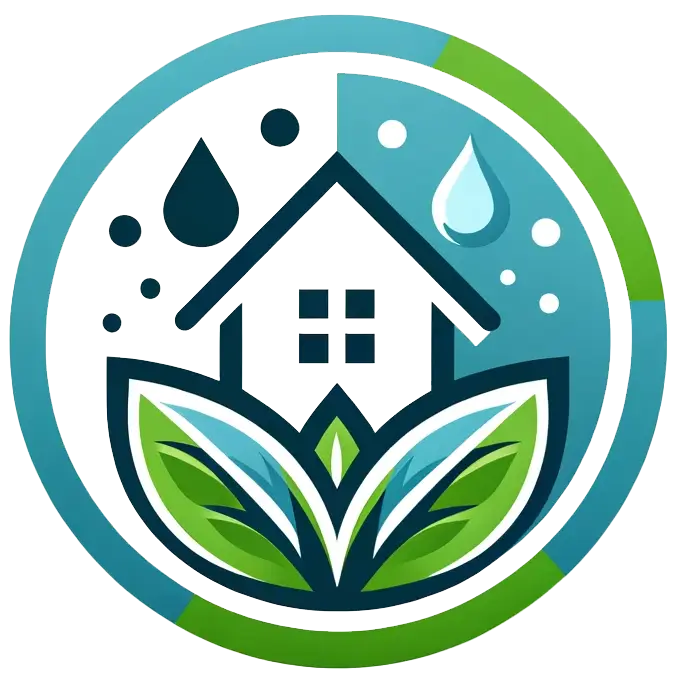This tool helps you calculate fold numbers for various mold species and determine a HERTSMI-2 score. All values are rounded to whole numbers for simplicity. Understanding these values can guide you in assessing indoor environmental quality, especially for those sensitive to mold or dealing with CIRS (Chronic Inflammatory Response Syndrome).
ERMI Fold Calculator
Enter the SE/Mg (custom range) values for each species below.
GM FOLD = (SE/Mg) / (stored GM value from the selected data source).
Avg FOLD = (SE/Mg) / (stored AVG value from the selected data source).
HERTSMI-2 Score: 0
The HERTSMI-2 score is derived from five specific mold species. It helps those with CIRS understand the likelihood of symptom relapse if they reoccupy an environment. A higher score generally indicates a higher risk.
| Mold Species | Points |
|---|
Interpretation
Legend for Color-Coded Levels
Green: Typically indicates low or background levels (often consistent with outdoor infiltration or minimal indoor growth).
Yellow: Suggests elevated levels that may warrant further investigation.
Red: Indicates significantly elevated levels often associated with active microbial growth indoors. Professional remediation is recommended, especially if occupants report health concerns.
Default Custom Ranges
- Aspergillus flavus: Green <5 | Yellow 5–20 | Red >20
- Aspergillus fumigatus: Green <5 | Yellow 5–20 | Red >20
- Aspergillus niger: Green <20 | Yellow 20–100 | Red >100
- Aspergillus ochraceus: Green <5 | Yellow 5–20 | Red >20
- Aspergillus penicillioides: Green <10 | Yellow 10–100 | Red >100
- Aspergillus restrictus: Green <5 | Yellow 5–50 | Red >50
- Aspergillus sclerotiorum: Green <5 | Yellow 5–25 | Red >25
- Aspergillus sydowii: Green <5 | Yellow 5–50 | Red >50
- Aspergillus unguis: Green <5 | Yellow 5–20 | Red >20
- Aspergillus versicolor: Green <10 | Yellow 10–100 | Red >100
- Aureobasidium pullulans: Green <300 | Yellow 300–1000 | Red >1000
- Chaetomium globosum: Green <2 | Yellow 2–10 | Red >10
- Cladosporium sphaerospermum: Green <50 | Yellow 50–200 | Red >200
- Eurotium (A. amstelodami): Green <100 | Yellow 100–500 | Red >500
- Paecilomyces variotii: Green <5 | Yellow 5–50 | Red >50
- Penicillium brevicompactum: Green <10 | Yellow 10–50 | Red >50
- Penicillium corylophilum: Green <10 | Yellow 10–50 | Red >50
- Penicillium crustosum: Green <10 | Yellow 10–100 | Red >100
- Penicillium purpurogenum: Green <2 | Yellow 2–10 | Red >10
- Penicillium spinulosum: Green <5 | Yellow 5–20 | Red >20
- Penicillium variabile: Green <10 | Yellow 10–50 | Red >50
- Scopulariopsis brevicaulis: Green <5 | Yellow 5–50 | Red >50
- Scopulariopsis chartarum: Green <5 | Yellow 5–20 | Red >20
- Stachybotrys chartarum: Green <2 | Yellow 2–10 | Red >10
- Trichoderma viride: Green <5 | Yellow 5–25 | Red >25
- Wallemia sebi: Green <100 | Yellow 100–500 | Red >500
General Notes and Disclaimers
- No Universal Standard: There is no global consensus on exact “safe” vs. “unsafe” spore equivalent levels. These thresholds are guidelines.
- Context Matters: Even a low count of a toxigenic species can raise concerns if occupants are symptomatic or immunocompromised.
- Total Mold Load: Look at the overall profile (total spore count and diversity). A single out-of-range species might be less concerning if total mold load is minimal and no water damage is present.
- Health Impacts Vary: Individual susceptibility differs. Some people react strongly to low levels; others remain asymptomatic at higher levels.
- Investigate the Source: If any species is “Red,” or if multiple species are in the Yellow or Red zones, a thorough moisture investigation and targeted remediation are recommended.
